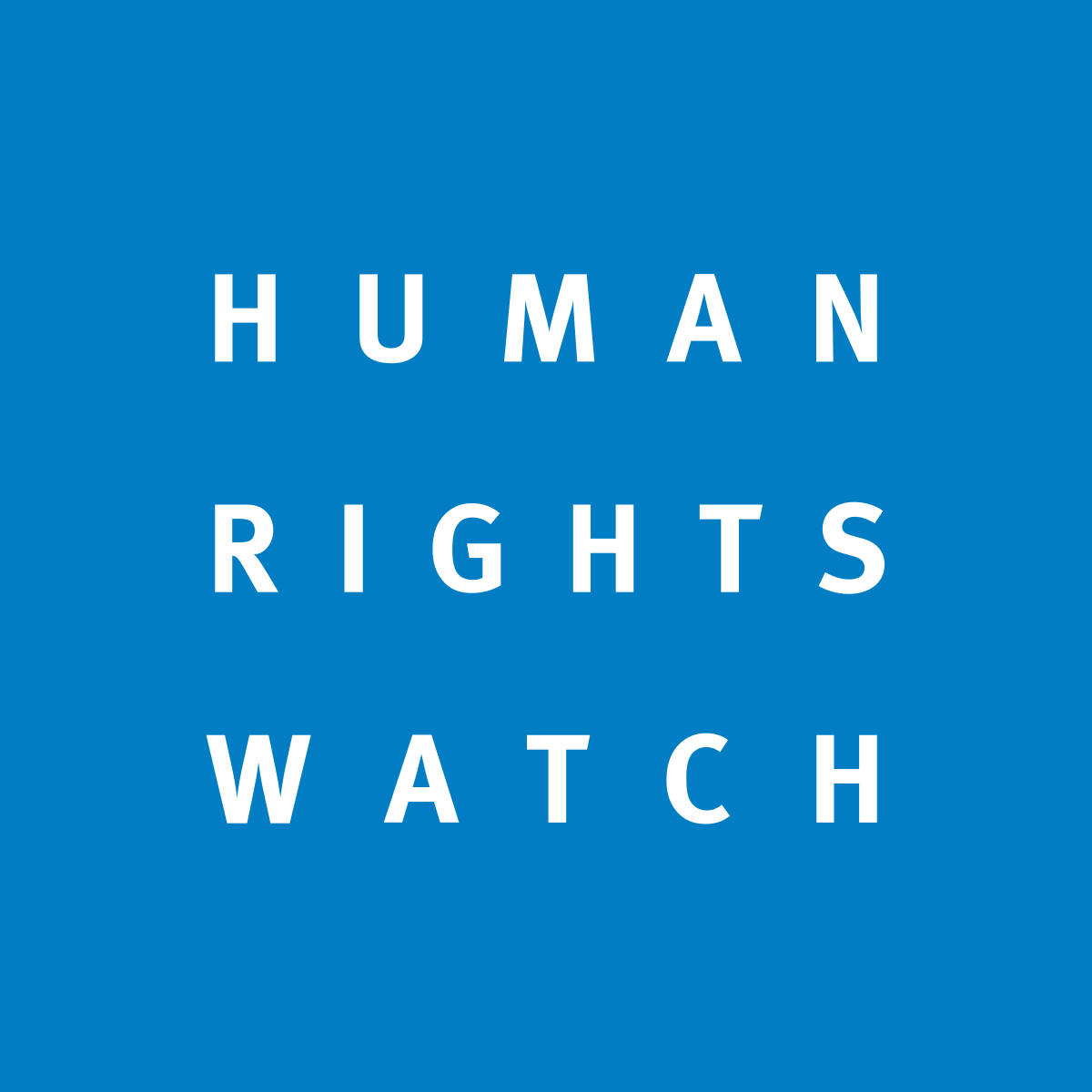
A new scathing Human Rights Watch report reflects the dire realities of discriminatory planning policies by the Israeli government to squeeze and suffocate Palestinian localities in Israel.
The report has used materials and statistics provided by different organizations and local authorities. The Mossawa center information was used to analyze the socioeconomic impact that discriminatory government policies have had on the Palestinian community in Israel and the city of Jeser azarka.
The Israeli government’s policy of boxing in Palestinian communities extends beyond the West Bank and Gaza to Palestinian towns and villages inside Israel, Human Rights Watch said today. The policy discriminates against Palestinian citizens of Israel and in favor of Jewish citizens, sharply restricting Palestinians’ access to land for housing to accommodate natural population growth.
Decades of land confiscations and discriminatory planning policies have confined many Palestinian citizens to densely populated towns and villages that have little room to expand. Meanwhile, the Israeli government nurtures the growth and expansion of neighboring predominantly Jewish communities, many built on the ruins of Palestinian villages destroyed in 1948. Many small Jewish towns also have admissions committees that effectively bar Palestinians from living there.
“Israeli policy on both sides of the Green Line restricts Palestinians to dense population centers while maximizing the land available for Jewish communities,” said Eric Goldstein, acting Middle East executive director at Human Rights Watch. “These practices are well-known when it comes to the occupied West Bank, but Israeli authorities are also enforcing discriminatory land practices inside Israel.”
The Israeli state directly controls 93 percent of the land in the country, including occupied East Jerusalem. A government agency, the Israel Land Authority (ILA), manages and allocates these state lands. Almost half the members of its governing body belong to the Jewish National Fund (JNF), whose explicit mandate is to develop and lease land for Jews and not any other segment of the population. The fund owns 13 percent of Israel’s land, which the state is mandated to use “for the purpose of settling Jews.”
Palestinian citizens of Israel constitute 21 percent of the country’s population, but Israeli and Palestinian rights groups estimated in 2017 that less than 3 percent of all land in Israel falls under the jurisdiction of Palestinian municipalities. The majority of Palestinians in Israel live in these communities, although some live in “mixed cities” like Haifa and Acre.
In preparing this report, Human Rights Watch compared neighboring Palestinian towns and Jewish or Jewish-majority communities in 3 of Israel’s 6 districts, interviewing 25 current and former local municipal officials, representatives of regional planning councils, residents, and planners. Human Rights Watch also visited each location and reviewed land records and aerial photography. Human Rights Watch received a substantive response from the Israeli Planning Administration (IPA) to its findings.
Beginning in 1948 and in subsequent decades, Israeli authorities seized hundreds of thousands of dunams of land from Palestinians (10 dunams equals 1 hectare). Much of the confiscation took place between 1949, when Israel placed most Palestinians in Israel under military rule, and 1966, when military rule ended. During this period, Israeli authorities confined Palestinians in Israel to dozens of enclaves and severely restricted their movement. They also used various military regulations and new laws to seize land belonging to Palestinians who had become refugees or Palestinian citizens who were internally displaced, including by declaring land to be “absentee property,” taking it over, and later converting it to state land. One historian estimates that of the 370 Jewish towns and villages established by the Israeli government between 1948 and 1953, 350 were built on land confiscated from Palestinians.
Land policies in more recent years have not only failed to reverse the earlier land seizures, but in many cases further restricted the land available for residential growth. Since 1948, the government has authorized the creation of more than 900 “Jewish localities” in Israel, but none for Palestinians except for a handful of government-planned townships and villages in the Negev and Galilee, created largely to concentrate previously dispersed Bedouin communities.
In the 1970s, Israeli authorities brought Palestinian towns and villages into the state’s centralized planning system, but planning processes have not significantly increased the land available for residential building. The authorities have zoned large sections of Palestinian towns and villages for “agricultural” use or as “green” areas, prohibited residential building in them, and built road and other infrastructure projects that impede expansion. A 2003 Israeli government-commissioned report found that “many Arab towns and villages were surrounded by land designated for purposes such as security zones, Jewish regional councils, national parks and nature reserves or highways, which prevent or impede the possibility of their expansion in the future.”
These restrictions create density problems and a housing crunch in Palestinian communities. The Arab Center for Alternative Planning, based in Israel, told Human Rights Watch that it estimates that 15 to 20 percent of homes in Palestinian towns and villages lack permits, some because owners’ applications were rejected and others because they did not apply knowing that authorities would reject their requests on the grounds that they were contrary to the existing zoning. The group estimates that 60,000 to 70,000 homes in Israel, excluding Jerusalem, are at risk of full demolition. A 2017 amendment to Israel’s 1965 Planning and Building Law, known as the “Kaminitz Law,” increases “enforcement and penalization of planning and building offenses.” As of July 2015, 97 percent of Israel’s 1,348 judicial demolition orders in force were for structures located in Palestinian towns.
By contrast, in the cases reviewed by Human Rights Watch, planning authorities provided sufficient land and zoning permissions to similarly-situated, predominantly Jewish communities to facilitate their growth.
In responding to questions submitted by Human Rights Watch, a senior official in the IPA disputed that Israel hems in Palestinian towns and villages. The IPA, she said, has approved or is currently preparing master plans for 119 of the 132 Palestinian localities in Israel. Based on these plans, authorities approved 160,000 housing units in these areas between 2012 and 2019, including 42,000 in 2019, and “legaliz[ed] thousands of existing structures,” she said.
While these efforts have resulted in some residential development in certain towns, much has yet to be implemented, with many projects still requiring further approvals to come to fruition – and they have done little to date to change the reality of hemmed-in Palestinian towns and villages.
Israeli law permits towns in the Negev and Galilee (which comprise two-thirds of the land in Israel) with up to 400 households to maintain admissions committees that can reject applicants from living there for being “not suitable for the social life of the community” or for incompatibility with the “social-cultural fabric.” This authority effectively permits the exclusion of Palestinians from small Jewish towns, which Adalah, a human rights group based in Haifa, estimated in 2014 make up 43 percent of all towns in Israel, albeit a far smaller percentage of the country’s population. In a 2015 study, Yosef Jabareen, a professor at the Technion-Israel Institute of Technology in Haifa, found that there are more than 900 small Jewish towns, including kibbutzim, across Israel that can restrict who can live there and have no Palestinian citizens living in them.
Human Rights Watch documented in 2008 discriminatory Israeli policies and practices that left tens of thousands of Palestinian Bedouins in southern Israel living in “unrecognized” informal settlements, where their homes face the constant threat of demolition, and in 2010, discriminatory planning in a Palestinian village near Tel Aviv.
International human rights law prohibits racial and ethnic discrimination, condemns “racial segregation,” and safeguards the right to adequate housing. The International Covenant on Economic, Social, and Cultural Rights (ICESR), which Israel has ratified, requires states to ensure that policies and legislation progressively realize the right to adequate housing for all segments of society. The body tasked with interpreting the covenant has said that “enjoyment of this right must … not be subject to any form of discrimination” and that “increasing access to land by landless or impoverished segments of the society should constitute a central policy.”
To address the housing shortage among Palestinian citizens of Israel and the legacy of land confiscation from Palestinian towns and villages, Israeli authorities should prioritize the growth needs of Palestinian communities in the zoning process, allocate state land to and expand Palestinian towns, and eliminate the legal loophole that permits discrimination by admissions committees.
“Israeli land policies treat towns inside its own borders in starkly unequal terms based on whether its inhabitants are Jewish or Palestinian,” Goldstein said. “After decades of confiscating Palestinians’ land, Israel confines them to crowded towns while enabling neighboring Jewish towns that exclude them to flourish.”
https://www.hrw.org/news/2020/05/12/israel-discriminatory-land-policies-hem-palestinians

























